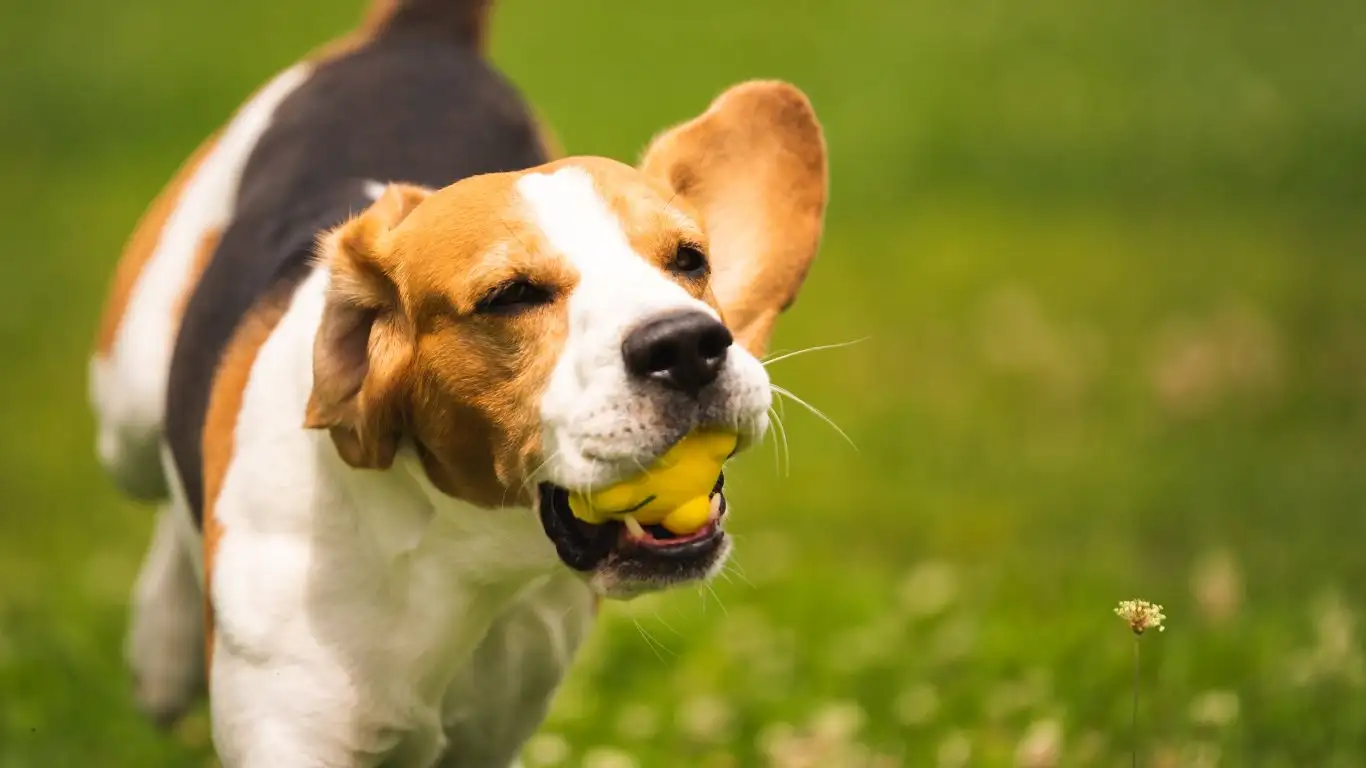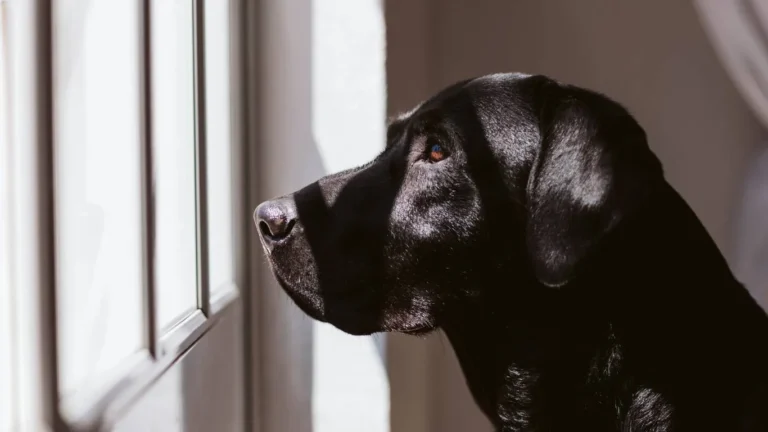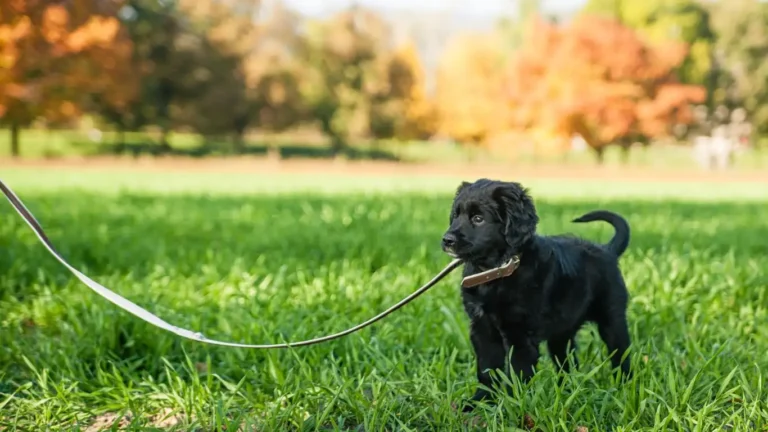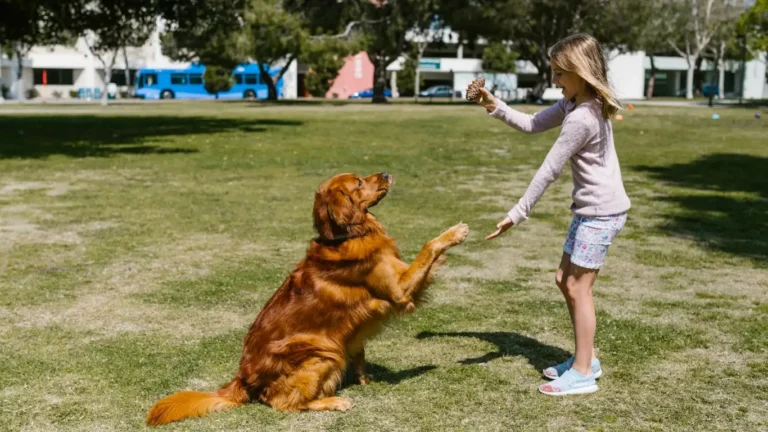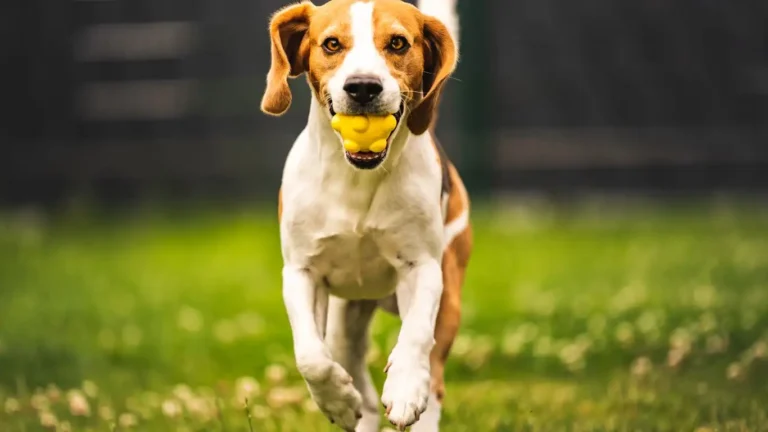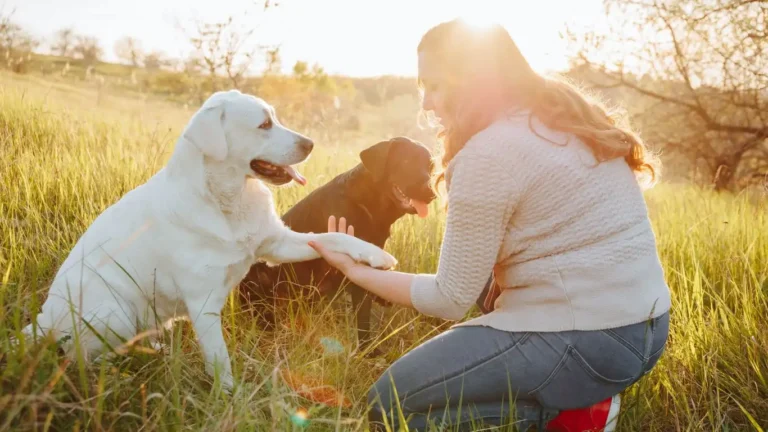Stop Dog From Jumping on Car Seats: Proven Training Tips That Work
As a Canine-Assisted Therapy Trainer, I’ve worked with numerous dogs, each bringing their own unique quirks and challenges to the training process. One of the most common issues I encounter is dogs jumping on car seats—whether it’s to get closer to their humans, explore new surroundings, or just out of pure excitement. It’s a behavior that’s not only distracting but can also be dangerous while driving. If you’re wondering how to train a dog to stop jumping on car seats, you’re in the right place! In this guide, I’ll share practical advice, based on my experience, to help you curb this unwanted behavior in a way that’s both effective and kind.
Why Do Dogs Jump on Car Seats?
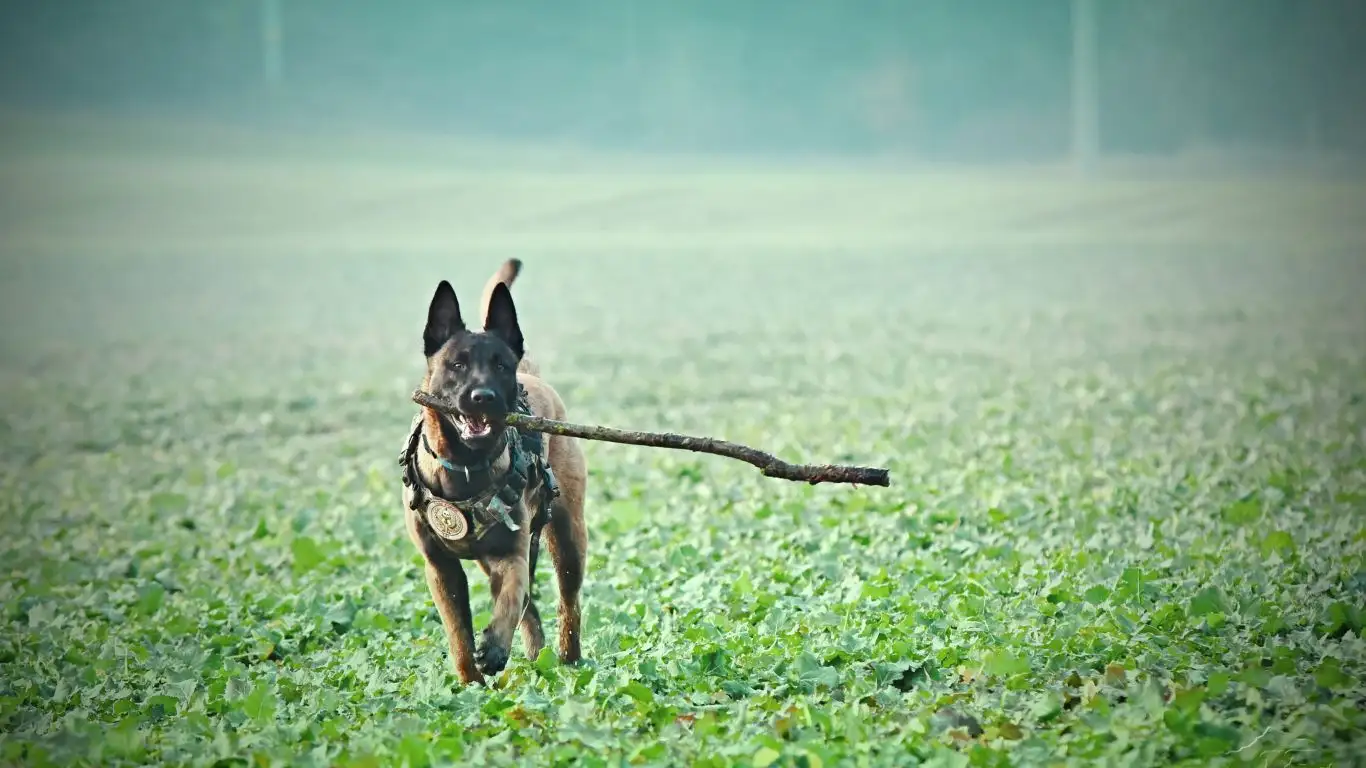
First, let’s understand why your dog might be jumping on the car seats in the first place. Dogs are naturally curious creatures, and the car is a new environment filled with sights, sounds, and smells that can be incredibly exciting. But there’s more to it than just excitement. Here are a few key reasons why dogs tend to jump on car seats:
- Curiosity and Exploration: Dogs love to explore their surroundings, and a car offers new opportunities to sniff, look around, and discover things.
- Comfort: Some dogs simply find the car seats more comfortable than their designated space. The warmth, softness, or even the smell can be appealing.
- Seeking Attention: If your dog notices that jumping on the seats gets your attention—whether it’s positive or negative—they may continue doing it.
- Anxiety or Stress: For some dogs, being in the car can trigger anxiety, leading them to jump around in an attempt to calm themselves or get closer to you for comfort.
Setting the Groundwork: Building a Strong Foundation for Training

Before diving into how to stop your dog from jumping on the car seats, it’s important to set the groundwork with some basic training. This ensures that your dog understands the expectations and is more likely to respond to your cues. Here’s how I usually start:
- Establish Clear Boundaries: Make sure your dog knows that certain behaviors are not acceptable. Consistency is key here. If you let your dog on the seat sometimes but not others, it creates confusion and makes training more difficult.
- Use a Designated Spot: In the car, designate a spot for your dog to sit. You can use a pet seat cover or even a dog-specific harness to keep them in their spot. This way, your dog learns that jumping on the seat isn’t allowed and they have a comfortable space of their own.
- Start with Basic Obedience: Basic commands like ‘sit’, ‘stay’, and ‘down’ will go a long way in controlling your dog’s behavior in the car. Reinforcing these commands in various settings, including in the car, helps your dog understand what’s expected of them.
How to Train Your Dog to Stop Jumping on Car Seats
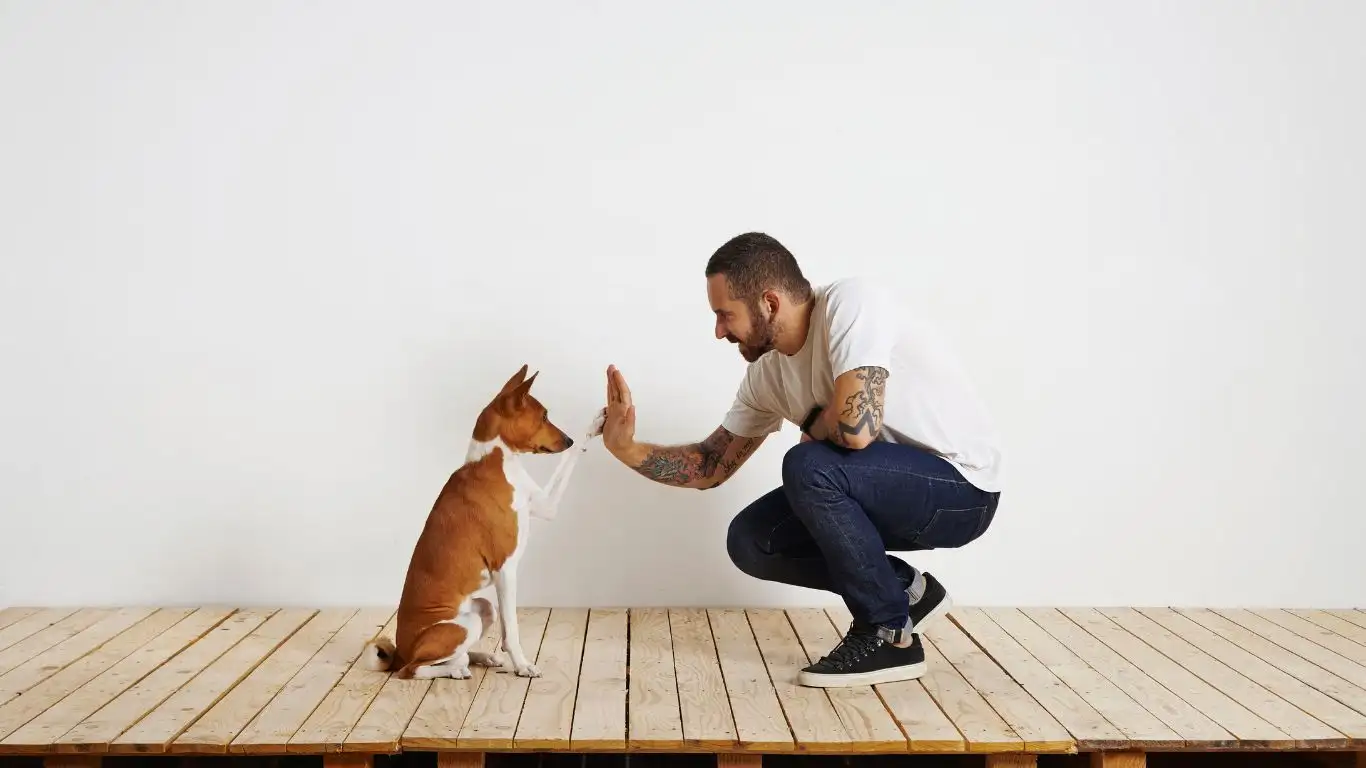
Now let’s get into the nitty-gritty of training your dog to stop jumping on the car seats. These tips are grounded in positive reinforcement and consistent practice, which are essential for any successful training program.
1. Start With a Calm Environment
It’s easier to train your dog when they’re calm and relaxed. If your dog is excited and jumping around, it’ll be much harder to get them to focus on the training. Before you even think about getting into the car, practice some basic calmness exercises at home. For example, you can teach your dog to “settle” on their bed for a few minutes before heading out. This establishes a calm mindset that carries over to the car.
2. Use Positive Reinforcement
Positive reinforcement is all about rewarding your dog for the behavior you want to encourage. For instance, when your dog remains in their designated spot or stays calm in the car, reward them with a treat or praise. Over time, they’ll begin to associate staying put with good things.
3. Teach the “Off” Command
One of the most effective commands for controlling jumping behavior is the “off” command. This is essentially asking your dog to get down from the car seat or any other furniture they may try to jump on. Start by practicing this command at home on furniture, then move to the car. When your dog attempts to jump on the seats, firmly say “off” and guide them back to their designated spot. When they comply, reward them generously!
4. Keep Car Rides Short and Positive
Another key element in stopping your dog from jumping on car seats is to make car rides enjoyable but brief at first. Start with short trips to places your dog enjoys—like a park or a favorite walking trail. If the car ride ends in a positive experience, your dog will be more likely to stay calm and behave appropriately on future rides.
5. Be Consistent
One of the most important aspects of training is consistency. Dogs learn through repetition, so it’s essential to maintain consistency in your training. Make sure that all family members or anyone who travels with the dog understands the rules and follows the same training methods. This will help reinforce your dog’s learning and prevent confusion.
By implementing these steps, you can help your dog learn to stay calm and stop jumping on car seats. It takes time and patience, but with consistency, your dog will eventually understand that jumping on the seats is not an acceptable behavior.
Advanced Techniques for Stopping Jumping on Car Seats
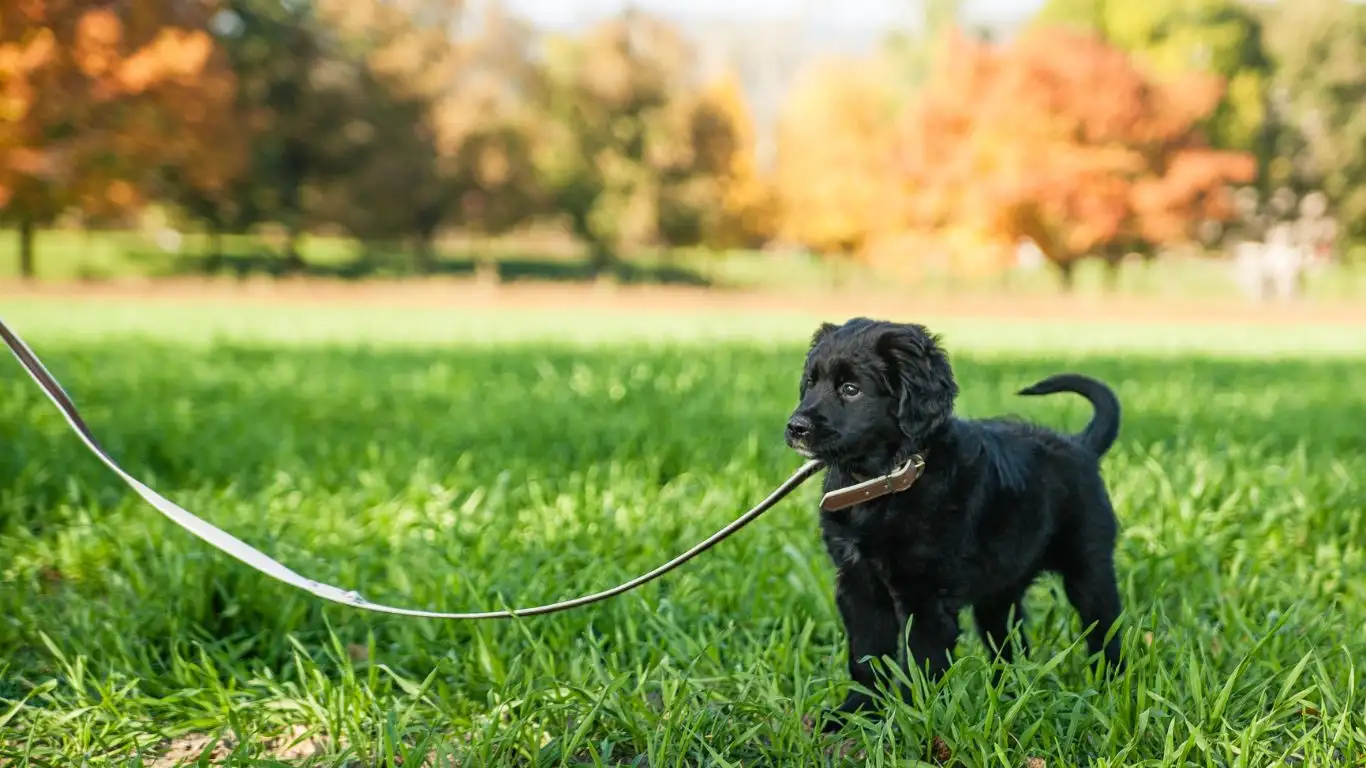
Now that you’ve covered the basics of training your dog to stop jumping on car seats, let’s dive into some advanced techniques to really fine-tune your dog’s behavior. These tips are for dogs that might still struggle with the concept or for those who need a little extra guidance. Don’t worry; with a little extra patience and the right approach, you’ll get there!
6. Use Crates for Safety and Control
When you’re first training your dog to stop jumping on car seats, one of the best tools you can use is a crate. Not only does this help with safety, but it also establishes clear boundaries for your dog. Crating your dog during car rides prevents them from jumping on the seats in the first place.
I’ve found that many dogs, especially those with a high energy level or anxiety, do better when they have a confined space that makes them feel secure. Crates give dogs a sense of safety, and they’re often less likely to jump or become restless if they’re already in their own space. Plus, they prevent the dog from wandering around during the ride, which reduces distractions for you as the driver.
If you’re new to using a crate, here’s a quick tip: make the crate a positive, comfortable place. Don’t just use it when you’re driving; start by getting your dog accustomed to it at home. Use treats and positive reinforcement to create a positive association with the crate, and soon your dog will look forward to their cozy space during car rides.
7. Incorporate Leash Training in the Car
Leash training is another excellent method for preventing your dog from jumping on the car seats. You may already be familiar with using a leash in other contexts, like walking, but in the car, it can serve a very specific purpose. The idea is to use the leash to gently guide your dog back into their designated spot whenever they try to jump onto the seats.
Start by placing your dog in the car and having them on a leash. As soon as they attempt to jump, gently pull them back to their spot. You don’t need to yank on the leash; a gentle tug will do. Then, reward them for staying calm and in their spot. Over time, your dog will learn that jumping on the seats results in a correction, and staying in their place results in a reward.
Consistency is key here. By pairing the leash with positive reinforcement, you’re reinforcing the idea that staying put leads to good things—like treats, praise, and a calm ride.
Creating a Positive Association with the Car
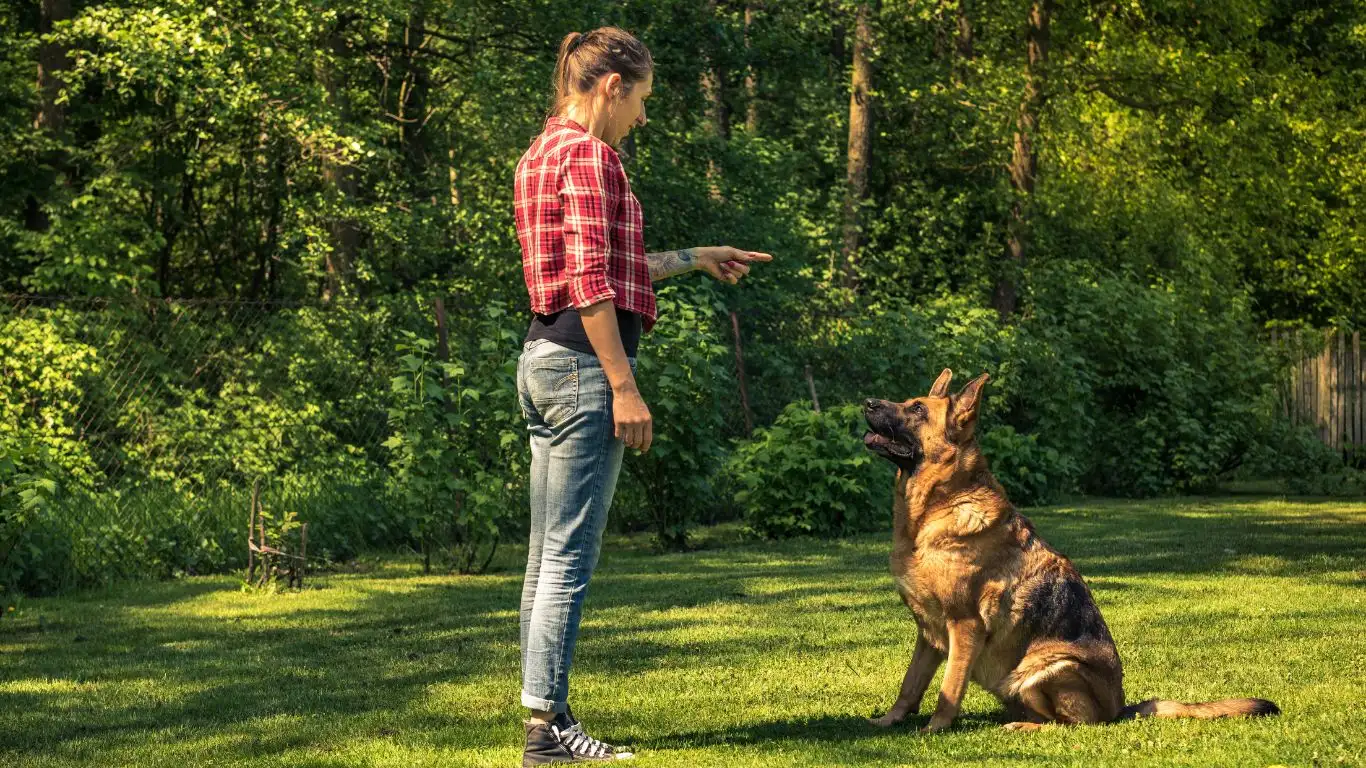
Sometimes, dogs jump on the car seats simply because they’re too excited or anxious about the ride itself. If your dog has negative associations with car rides (think: trips to the vet or long, uncomfortable drives), this could be a big factor in their jumping behavior. The solution is to change how your dog perceives the car, so they associate it with positive experiences.
One of my favorite methods is to make car rides a fun event. Instead of always driving to places your dog doesn’t enjoy, like the vet, mix things up. Take them on short drives to places they love, like a local park or a pet-friendly store. Bring along their favorite toys or treats, and reward them with praise and snacks during and after the ride. This positive reinforcement will slowly shift their feelings about the car.
8. Treats and Praise During the Ride
During your car training sessions, keep a stash of your dog’s favorite treats handy. If your dog stays calm in their designated spot and doesn’t try to jump on the seats, reward them immediately. The goal here is to show them that calm behavior during car rides leads to a pleasant experience, while jumping doesn’t get them anywhere positive.
I also like to mix in some verbal praise. Simple phrases like “Good dog!” or “Well done!” help reinforce their behavior, and it keeps the training positive and upbeat. Just make sure to give praise when the behavior happens—if you wait too long, your dog might not connect the reward with the action.
9. Gradual Exposure to Car Rides
If your dog still has trouble resisting the temptation to jump on the seats, gradual exposure may help. This technique involves desensitizing your dog to the car ride by starting small and gradually increasing the duration of the trips.
Start with very short trips, even just driving around the block. During these trips, focus on the training techniques you’ve been using, such as the “off” command, positive reinforcement, and crate or leash training. Keep the car ride short and pleasant, and gradually increase the length of the trips over time. This approach gives your dog a chance to get used to the idea of staying in their spot without becoming overwhelmed.
Dealing with Setbacks: What to Do When Training Isn’t Progressing

Training your dog to stop jumping on car seats can be a journey, and like with any training process, there will be some bumps along the way. If you hit a setback where your dog is still jumping despite your efforts, it’s important not to get frustrated. Every dog is different, and some may take a little longer to catch on than others.
Here are a few things to keep in mind if you find yourself stuck:
- Revisit the Basics: Sometimes, it’s helpful to go back to square one and reinforce the basic training. Go back to practicing simple commands like ‘sit’ and ‘stay’ before jumping back into the car training process.
- Increase Consistency: Consistency is critical in dog training. Make sure that every single trip in the car involves the same training approach. Even if it’s just a quick drive, treat it like a full training session.
- Be Patient: Remember that behavior change takes time. If your dog isn’t catching on right away, take a step back and continue working on it in smaller, more manageable steps.
Most importantly, be patient with yourself and your dog. It’s a journey, but with persistence, you’ll see progress and build a stronger bond with your canine companion.
Maintaining Long-Term Success: Keeping Your Dog’s Behavior in Check
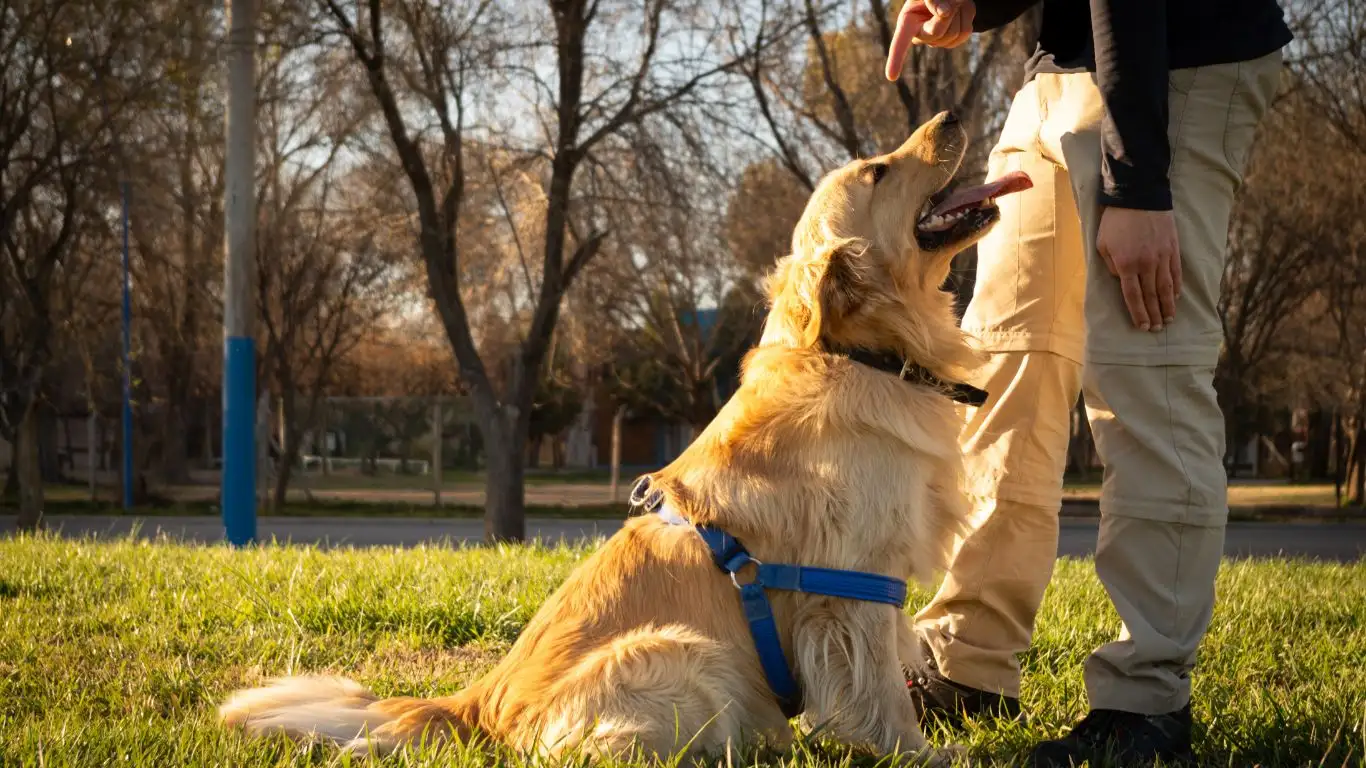
Training your dog to stop jumping on car seats doesn’t end the moment they’ve learned the ropes. In fact, maintaining that behavior over time is where many dog owners struggle. Dogs, like people, can sometimes backslide, and while they may have mastered the training at first, a few weeks or months later, you might notice some old habits creeping back in. The key to long-term success is ongoing consistency and reinforcing good behavior.
10. Reinforce Training in New Environments
Once your dog has gotten the hang of staying in their designated spot during car rides, it’s time to reinforce that behavior in new settings. This is a critical step because, sometimes, dogs can behave one way in a familiar environment but act differently when they’re in a new context. For instance, you might have trained your dog to behave well in your car, but what happens when they’re in someone else’s car, or when you’re driving to a new place?
It’s important to expose your dog to different environments and situations, where they might feel a little more excited or anxious. Take short trips with them in other vehicles or to new places. As you do this, keep practicing the same techniques—positive reinforcement, leash training, and the “off” command. This will help your dog generalize the behavior, making it consistent no matter where they are.
I’ve seen many dogs who do well in their owner’s car but struggle when they ride with a friend. The key here is repetition in various environments. Dogs learn best when they can practice in different settings. The more situations they can experience while practicing their training, the more solid the behavior becomes.
11. Keep the Car Rides Fun and Engaging
Just like us, dogs enjoy a little variety. If every car ride is strictly training-focused, your dog might start to lose interest. To keep their motivation high, mix things up! You can make each ride a little adventure by taking them to new places or engaging them with fun activities during the trip. For example, a quick trip to the dog park or a pet-friendly café will make the ride feel less like a training session and more like an enjoyable outing. By doing this, you keep your dog mentally engaged and excited to get in the car, without the urge to jump on the seats.
Incorporating play or mental stimulation during the ride can also reduce any anxiety or restlessness that might cause your dog to jump around. A small, interactive toy or a long-lasting chew can be a great distraction. These activities will help channel their energy in a positive way, and before you know it, they’ll start associating car rides with good times instead of a source of stress.
Addressing Behavioral Setbacks and Trouble Areas

Even with the best training, it’s common for dogs to experience setbacks. This doesn’t mean you’ve failed as a trainer or that your dog isn’t learning. It’s simply part of the process. There are a few strategies I use when working through these setbacks:
12. Analyze the Root Cause of the Jumping
If your dog is starting to jump on car seats again, it’s time to take a closer look at the situation. Is something triggering the behavior? Maybe there’s a new stressor, such as a change in your routine, a new car, or even a new person in the car with you. Identifying any changes that might be causing your dog to react differently can help you adjust your training approach.
For example, I once worked with a dog who had been doing great with car training until his owner started driving a new car. The dog was jumping again, not because he had forgotten his training, but because the new car was a little more cramped and had different sounds and smells that made him anxious. Once we made some adjustments to the car environment—by keeping the windows down a little and using a more familiar blanket—he calmed down significantly.
13. Seek Professional Help if Necessary
If your dog’s jumping behavior persists despite your best efforts, it might be time to consult a professional dog trainer. Sometimes, there are underlying behavioral issues or training roadblocks that require an expert’s intervention. A professional can provide additional techniques or resources that you might not have thought of.
As someone who has worked with various trainers, I can tell you that having another pair of eyes on the situation can provide valuable insights. They might notice things you’ve missed or suggest new ways to approach the problem. Don’t hesitate to reach out to a certified professional if you feel stuck in your training journey. It’s an investment in your dog’s future success and well-being!
Staying Patient and Celebrating Progress
Lastly, remember that training takes time. Dogs don’t learn overnight, and it’s important to stay patient and consistent throughout the process. Celebrate the small victories! Whether it’s your dog staying calm for the entire drive or successfully waiting for the “off” command without jumping, take a moment to praise them and yourself for the progress made.
I’ve had clients who were frustrated when they didn’t see instant results, but once they stuck with the plan and stayed positive, the progress started to show. It’s all about consistency, positive reinforcement, and the bond you build with your dog throughout the journey. Over time, you’ll not only teach your dog to stop jumping on car seats, but you’ll also create a deeper, more trusting relationship with them.
References
Disclaimer: The information provided in this article is based on my personal experience as a Canine-Assisted Therapy Trainer. Every dog is different, and training results may vary depending on the individual dog and circumstances. Always seek professional help if needed and ensure that any training methods you use are appropriate for your dog’s personality and needs.
